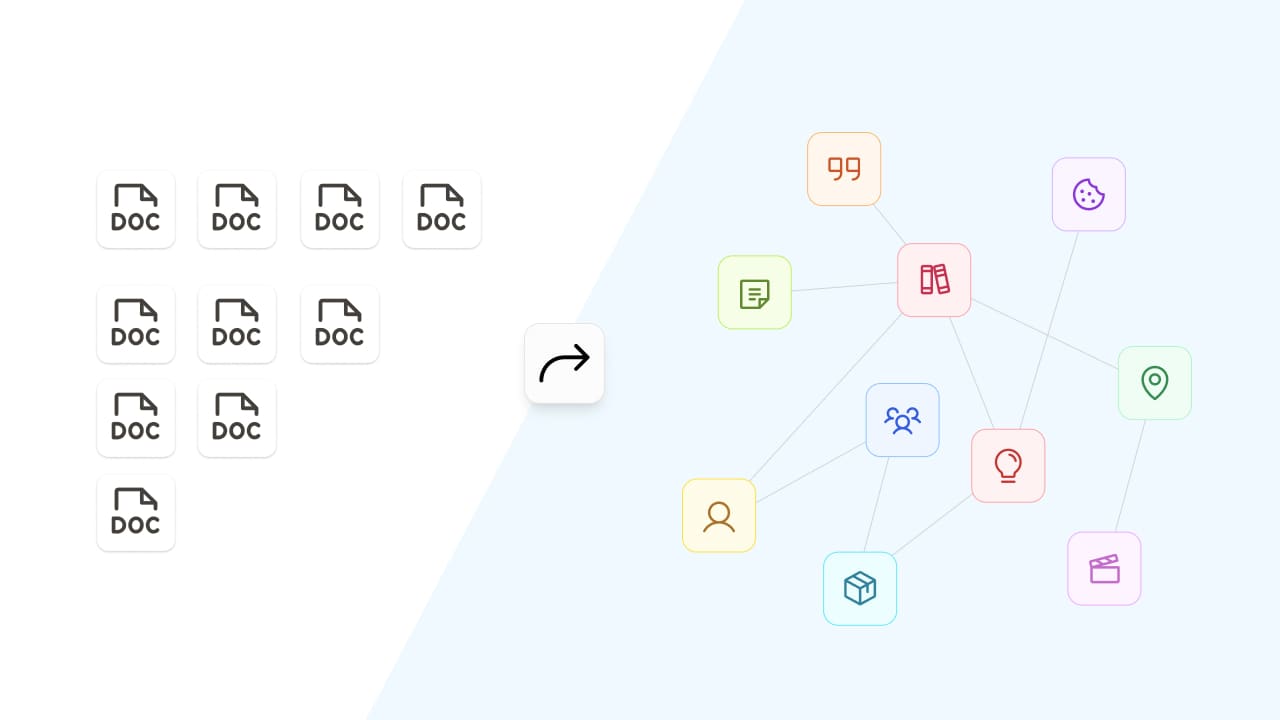Everything is an object
Objects: The Building Blocks of Your Knowledge
Capacities was built to work the way you think. You don’t think in a folder structure so we’ve broken free from that.
In Capacities, every note you take is an object, not a standalone document. Think of objects in the way you would think of real-world things; books, films, people, places.
If you’ve been taught to work with digital files, this might feel like a big change, but once you start working with notes as objects, you won’t look back.
It just makes sense: the book you’re reading and taking notes on isn’t just a flat document, but a book object living in an interconnected web of notes and thoughts related to it. Capacities is where you can see this web.
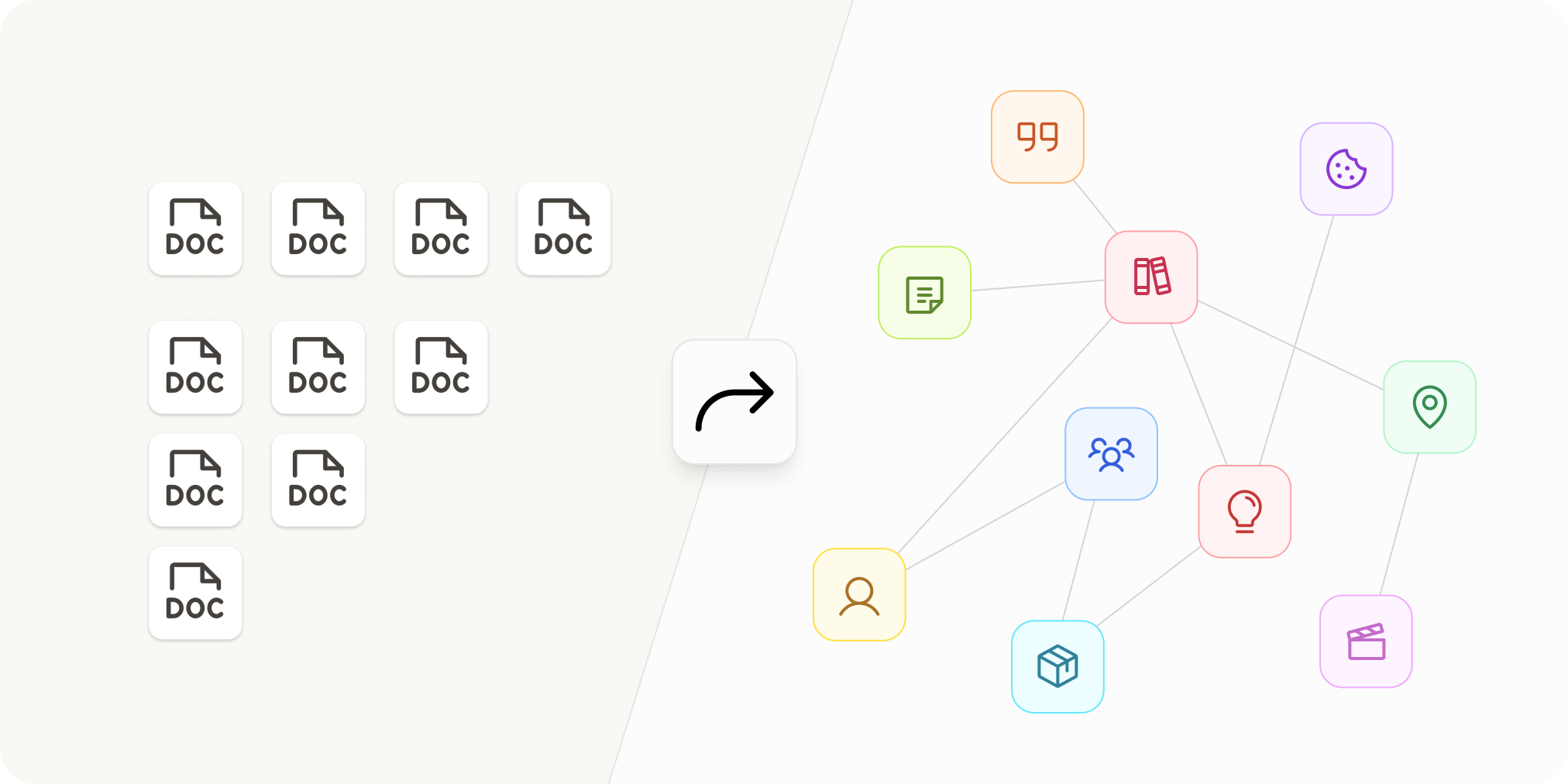
Capacities users love object types
We asked our community what their lightbulb moment was when first trying out Capacities, and many of them said it was when they started using object types.
Object types! I’ve been using Logseq for many years, and missed object types from Anytype (but I didn’t like anytype, it’s too slow, requires a lot of organization), so I migrated everything from Logseq (manually, yes, it took me days!) and now I can’t live without quick organization using types.
Leech
for me it’s the connectedness of my objects through my daily note
RobinChirps
I tried several alternatives, but realized that Capacities truly fits my mind. The queries, the transclusion, the block structure, the way objects work and especially the side panel where I can stack several documents at once are essential features for me now.
Mykiel
For me it was the capacity to create tailored objects, with also tailored properties, that can be linked to other objects. Once in the future, two-way links are implemented, this will bring the tool to a next level data interconnection.
João Riberio
As a software developer myself, I’m shocked this concept didn’t occur to me sooner but the idea of using objects in note-taking is a game-changer for me. I’m already taking notes like this for work, so why not in my personal notes as well? Ability to link/mention objects together has been a huge time-saver for me.
Cynniminni
For me, it was realising how much I craved having some sort of schema to cling on to with my organisation and how naturally most of my content translated into a object-oriented note-taking structure.
Andromeda
I realized how the object-type approach brought an intuitiveness and lifeworld relation to notetaking and knowledge archiving […]
Lerone
Why object types are so powerful
In Capacities, you’re not taking notes in blank documents. Everything is an object. As such, all of your object types have different properties, to reflect the needs of that specific object.
For example, a media object type could have properties like star ratings, date watched, genre, etc. Your idea object type doesn’t need the same properties, as you’re capturing completely different things. This is where the powerful flexibility of Capacities object types come into play.
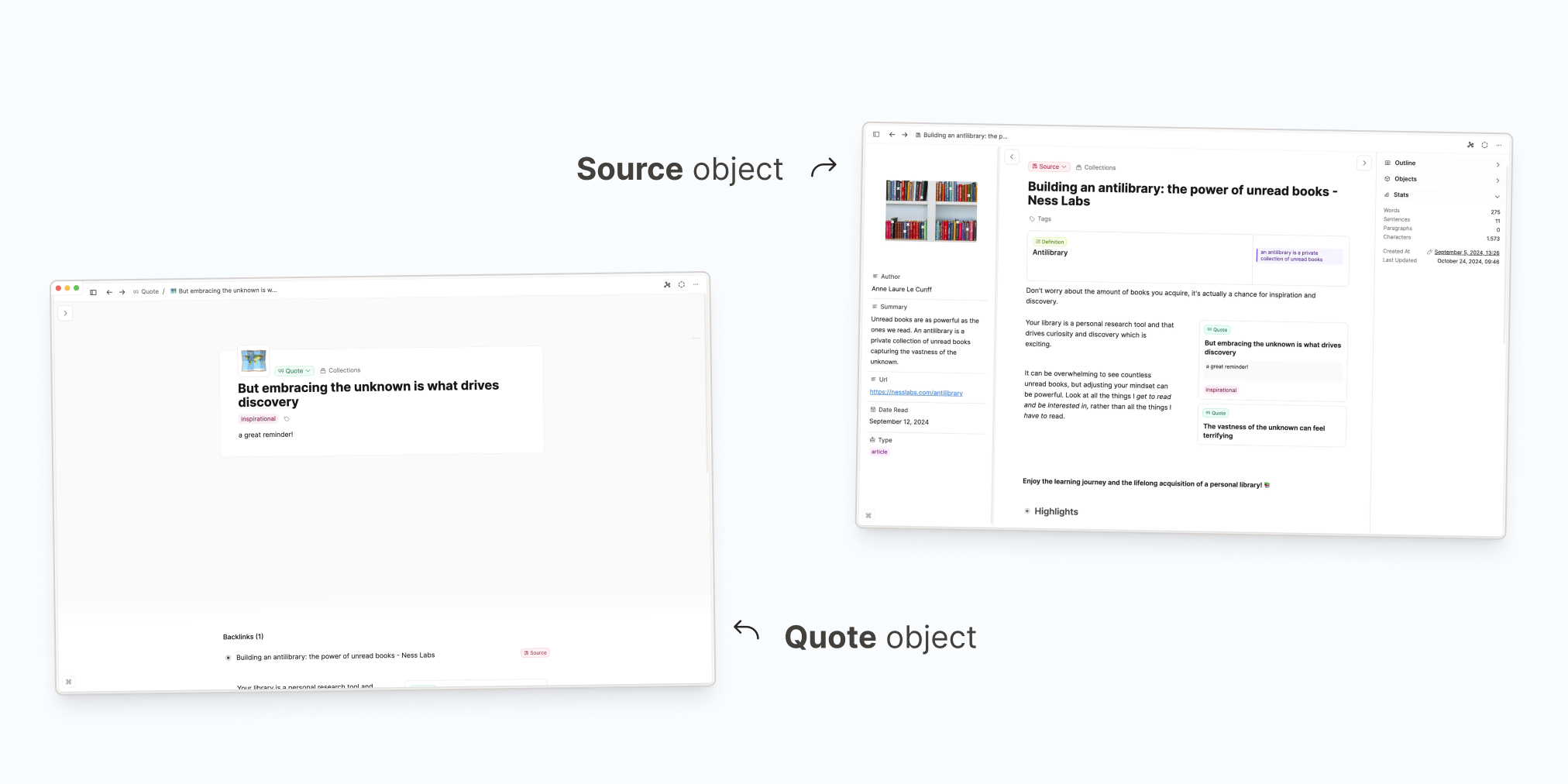
You can create objects types for anything you can think of, similar to anything you can interact with physically or digitally day to day. Once you have your object types, you can take notes on them and freely link them to each other.
That way, your person object for your friend, Julie, is linked to the book she recommended to you, which has your thoughts and reflections on the book as you read, waiting for the next time you talk books over coffee. ☕
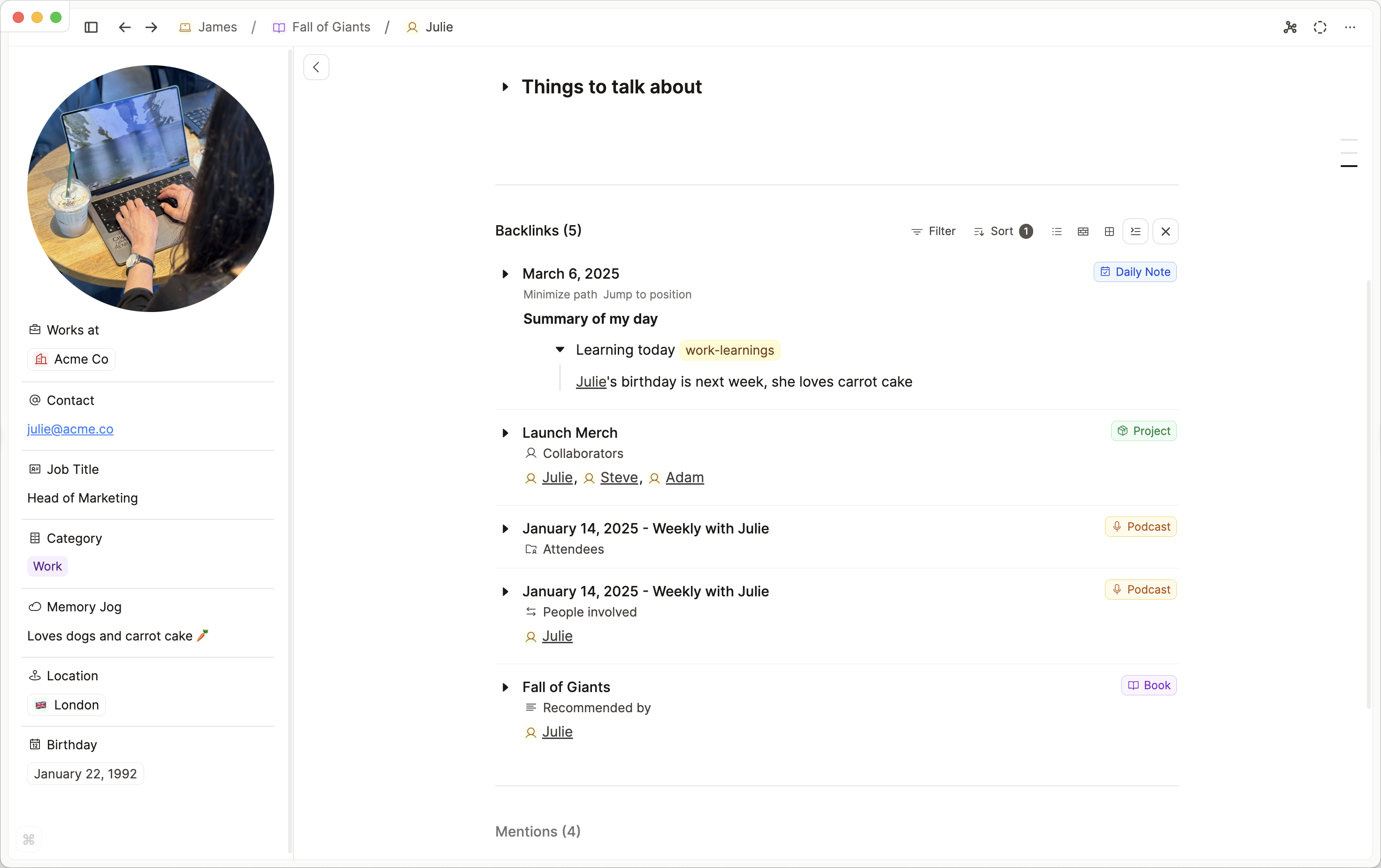
📌 TL;DR
Capacities reimagines note-taking by treating every piece of information as an “object,” such as books, films, people, or places. This object-based approach moves away from traditional folder structures, allowing for a more natural and interconnected organization of knowledge. Each object type can have specific properties tailored to its nature—for instance, a media object might include properties like star ratings or genres. This flexibility enables you to create and link objects in a way that mirrors real-world relationships, which encourages a more intuitive and efficient way of managing your knowledge.
📚 Read more
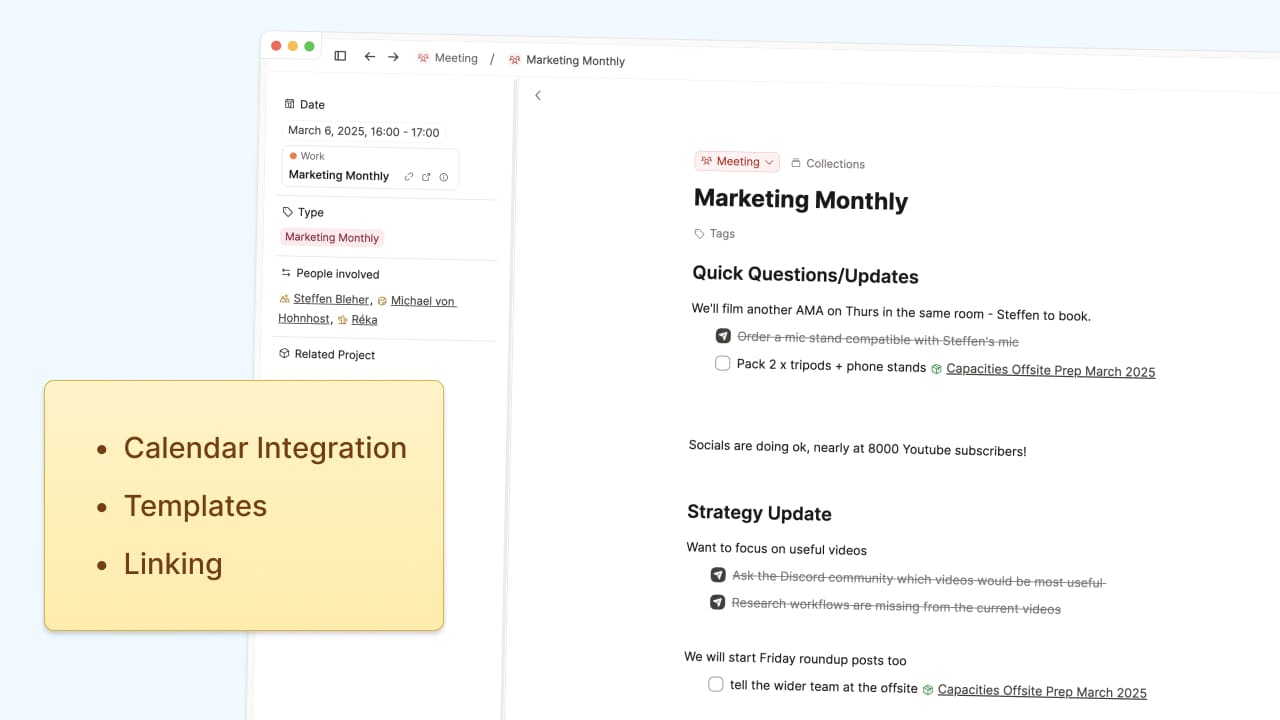
Master your Meetings with Capacities
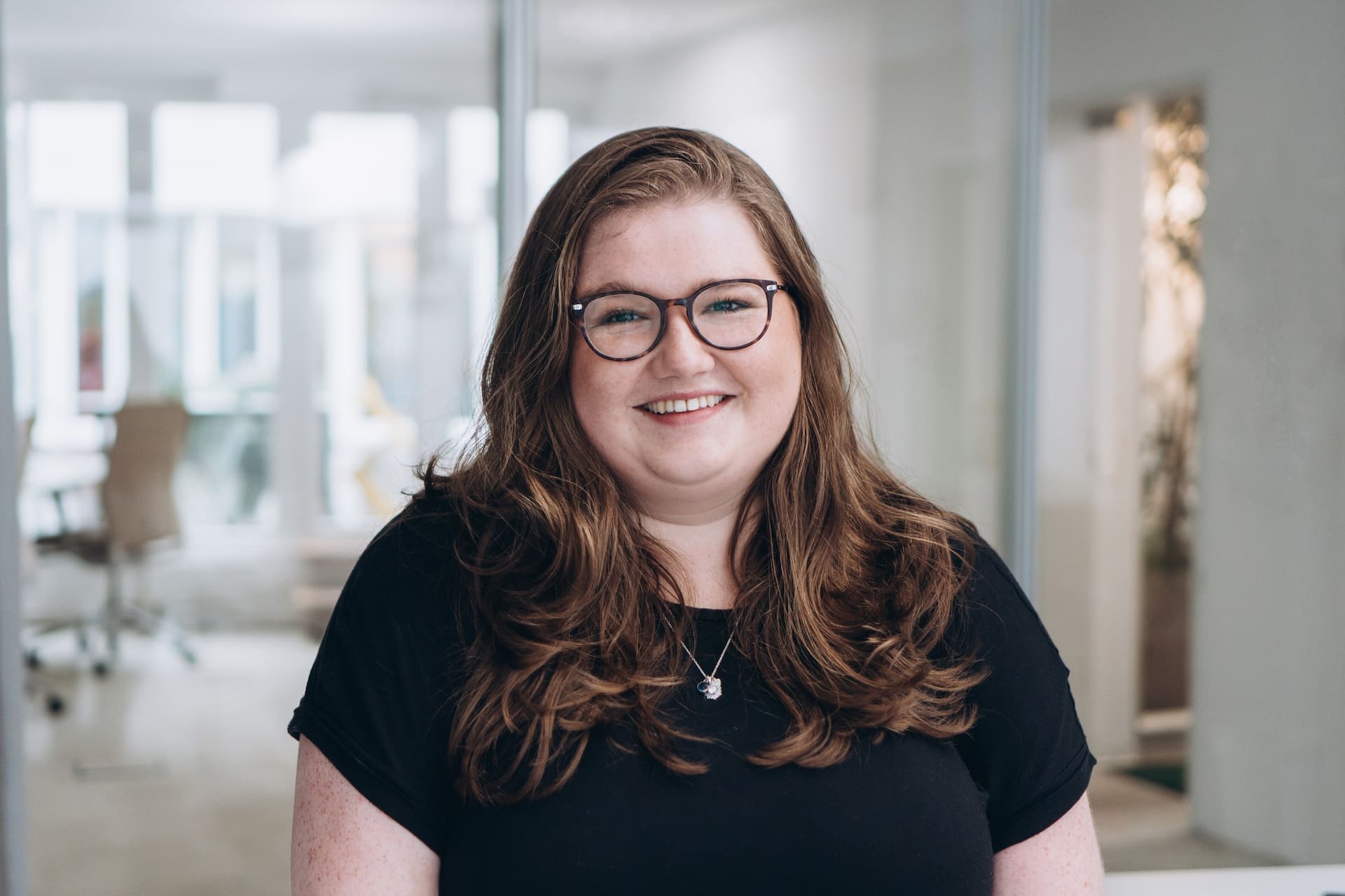
Beth
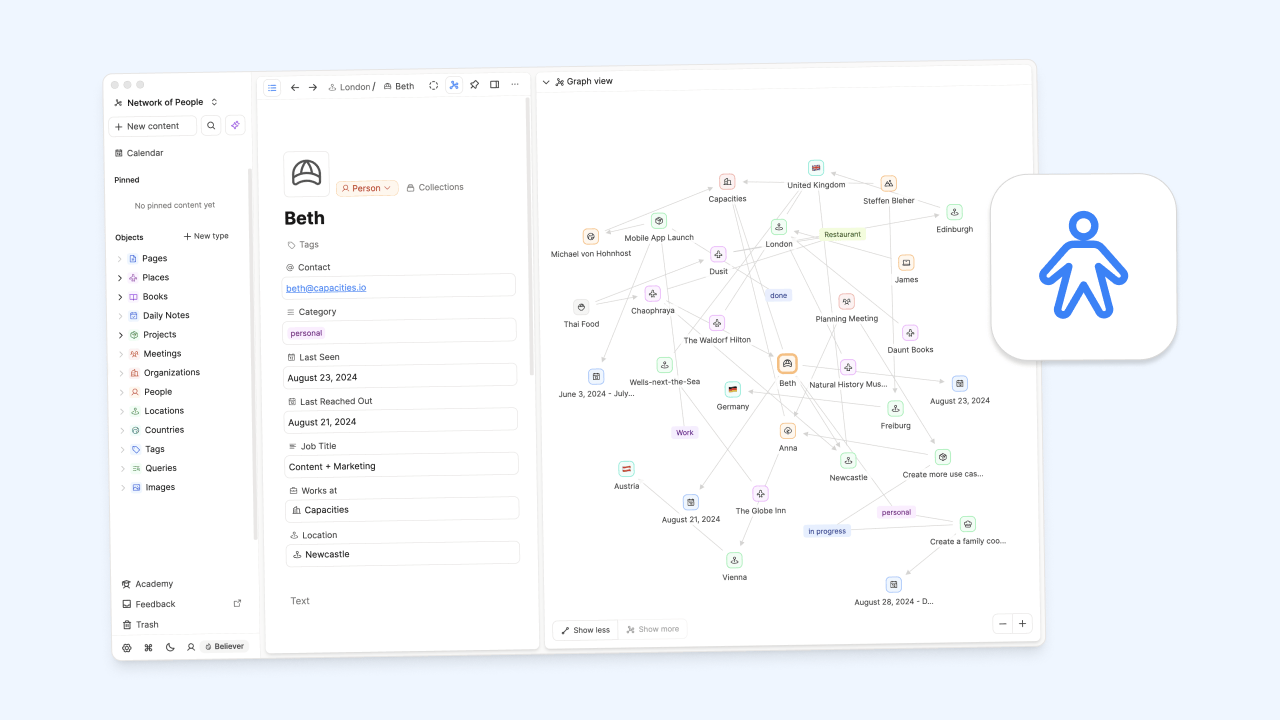
Building a Network of People
